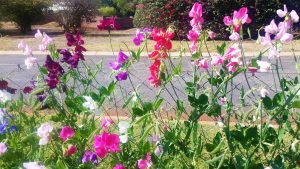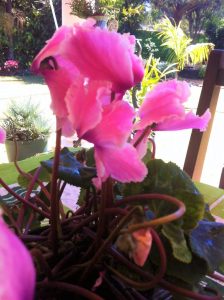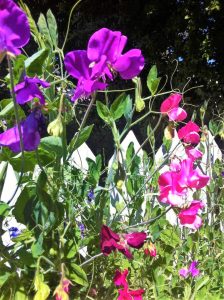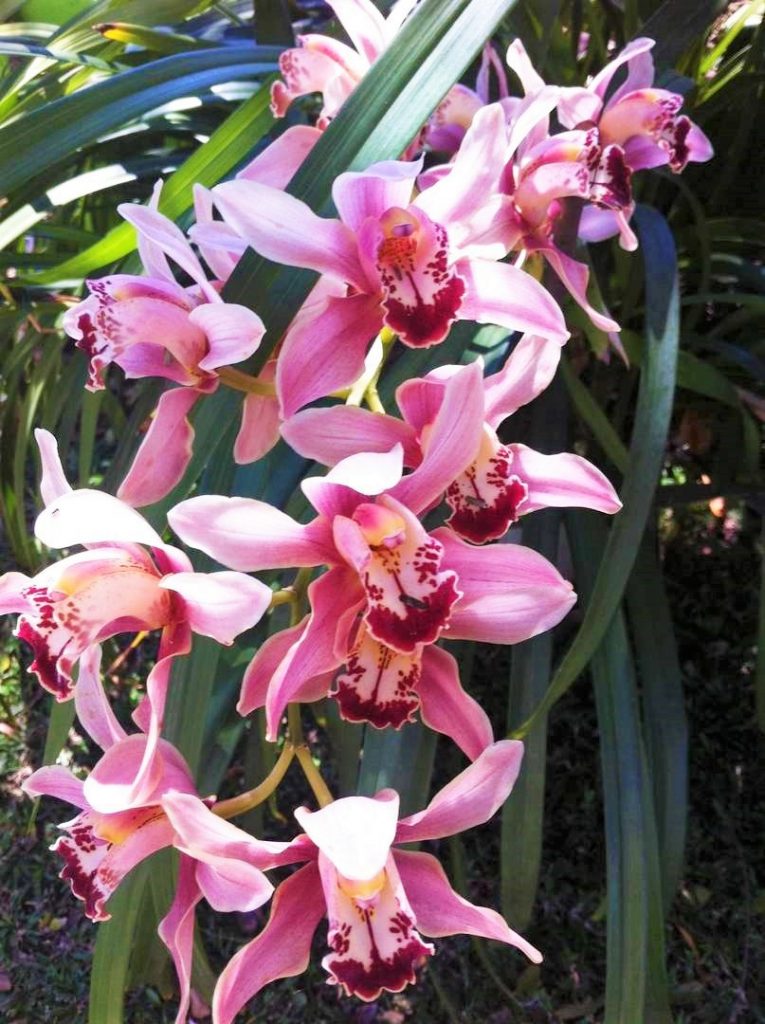By Morag Flight
 September is a lovely time in your garden and with the hopefully warmer days, there will be an upsurge in the growth in your garden. All of your shrubs and perennials will benefit from an application of fertiliser and/or compost followed by a mulch and a good watering. Fruit trees will be coming into bud and should be given a good soaking as they burst into flower. Follow this with another soaking as the flower petals drop. If you are growing berry fruits, it is a good idea to start a weekly watering programme and top dress with manure or ferts to promote heavy fruit bearing.
September is a lovely time in your garden and with the hopefully warmer days, there will be an upsurge in the growth in your garden. All of your shrubs and perennials will benefit from an application of fertiliser and/or compost followed by a mulch and a good watering. Fruit trees will be coming into bud and should be given a good soaking as they burst into flower. Follow this with another soaking as the flower petals drop. If you are growing berry fruits, it is a good idea to start a weekly watering programme and top dress with manure or ferts to promote heavy fruit bearing.
In your flower garden, try and complete any division or movement of perennial plants as  early as possible. Check on your Cannas. Because they are so easy to grow, we all normally leave them alone and they get thicker and thicker whilst producing poorer quality blooms. They should be lifted carefully and divided into smaller sections for planting in a well prepared bed. Dig the bed to a depth of at least 23cm to which is added a good supply of well rotted manure or fertiliser.
early as possible. Check on your Cannas. Because they are so easy to grow, we all normally leave them alone and they get thicker and thicker whilst producing poorer quality blooms. They should be lifted carefully and divided into smaller sections for planting in a well prepared bed. Dig the bed to a depth of at least 23cm to which is added a good supply of well rotted manure or fertiliser.
Some of your Cymbidiums should be flowering now so stake and enjoy. If you do not want to divide your perennials then just trim the old leaves and stems followed by compost and/or fertiliser and water well. Give your Day Lilies a good feed as well followed by a good watering.
If you did not prune your Roses in July then prune them now. After pruning add your compost and or fertiliser as well as manure to the soil. Mulch well and water. Unless you are operating a fully organic garden, it is advisable to apply a broad spectrum fungicide to protect the young shoots.
 Carry on feeding, watering and deadheading your annuals like Petunias and remember to pick your Sweet Peas regularly.
Carry on feeding, watering and deadheading your annuals like Petunias and remember to pick your Sweet Peas regularly.
Near the end of August cut your lawn short, water well and aerate with a fork. Then apply a lawn fertiliser and water it in well.
Nearly all summer varieties of summer flowers and vegetable can be grown this month. Some like carrots, beans, melons and nasturtiums do not like being moved and should be grown directly in beds, but the majority are best is sown in boxes or trays and transplanted later.

